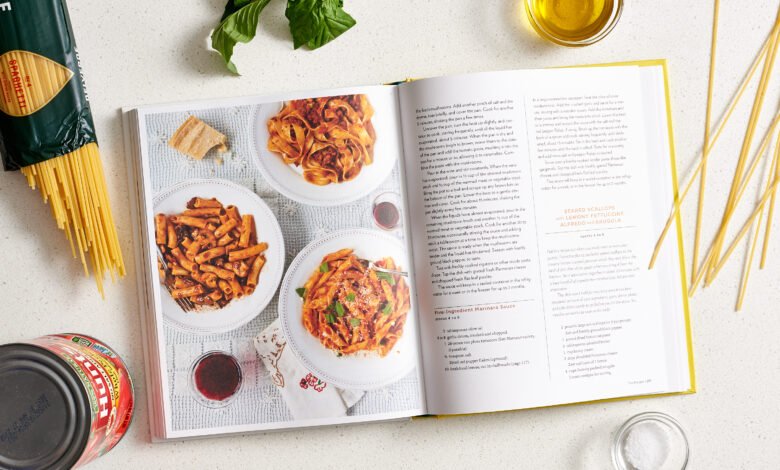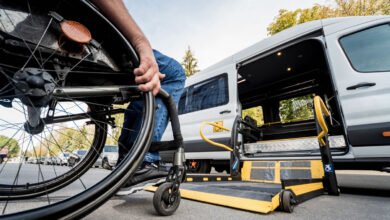
Whether you’re a culinary enthusiast eager to share your expertise or a food blogger aiming to bring your recipes to the masses, self-publishing a cookbook is the best way to showcase your culinary expertise. This comprehensive guide will walk you through the process step by step, ensuring your cookbook reaches its full potential. But before we dive in, let’s address three crucial considerations regarding whether you want to DIY or hire the best book ghostwriting services for the task.
3 Things to Consider Before You Publish Cookbooks
Before beginning your cookbook journey, it’s essential to lay the groundwork. Here are three key factors to ponder:
Photography:
Captivating visuals can significantly enhance the appeal of your cookbook. Quality images of your mouth-watering dishes entice readers and increase the likelihood of book sales. Incorporating illustrations of prepared recipes adds a dynamic element to your book, making it more enticing to food enthusiasts.
Target Audience:
Understanding your target demographic is paramount in shaping your cookbook’s content, design, and overall approach. Consider who your recipes cater to—are they aimed at busy professionals, health-conscious individuals, or culinary enthusiasts? Tailoring your cookbook to suit your intended audience’s preferences and skill levels ensures maximum engagement and satisfaction.
Budget:
While self-publishing offers flexibility and creative control, it’s crucial to allocate resources wisely. From editing and design to marketing and distribution, producing a high-quality cookbook involves certain expenses. Be prepared to invest in professional services, such as book cover design and editing, to upscale your cookbook to industry standards.
Steps of Publishing a Cookbook
While every cookbook author’s journey is unique, the following steps provide a comprehensive roadmap for self-publishing success:
Planning:
Begin by outlining the categories, recipes, and layout of your cookbook. Consider the flow of content and how you want to organize your recipes to ensure a seamless reading experience for your audience.
Recipe Finalization:
Test and refine your recipes to ensure they’re foolproof and authentic. Compile a list of successful recipes that will feature in your cookbook, considering factors such as taste, presentation, and accessibility of ingredients.
Writing:
Craft clear and concise instructions for each recipe, accompanied by any additional content or anecdotes you wish to include. If writing isn’t your forte, enlist the services of professional ghostwriters to ensure your cookbook’s prose is polished and engaging.
Editing:
Entrust the editing process to seasoned professionals who can meticulously review your manuscript for grammatical errors, consistency, and overall coherence. A thorough edit is essential to producing a polished final product that resonates with readers.
Images:
Invest in professional photography to showcase your culinary creations in the best possible light. High-quality images not only enhance the visual appeal of your cookbook but also provide readers with a glimpse of the finished dishes, inspiring them to recreate your recipes.
Touch-Up:
Utilize photo editing tools to refine and enhance your images, ensuring they’re vibrant and delicious. Pay attention to details such as lighting, composition, and color balance to create visually stunning visuals that captivate your audience.
Design and Layout:
Collaborate with a skilled designer to create a visually compelling layout that complements your content. Every aspect of your cookbook’s design should reflect your culinary vision, from typography and color schemes to page formatting and graphics.
Proofreading:
Conduct a thorough proofreading of your manuscript to catch any lingering errors or inconsistencies. Attention to detail is critical to producing a professional-quality cookbook that instills confidence in your readers.
Indexing:
Organize your cookbook’s content with a meticulously crafted index that facilitates easy navigation. A well-structured table of contents ensures readers can quickly locate their desired recipes, enhancing the usability of your cookbook.
Publishing:
With your manuscript polished and finalized, it’s time to explore publishing options. Whether you opt for traditional printing or digital distribution platforms, choose the method that best aligns with your goals and budget.
Marketing / PR:
Implement a comprehensive marketing strategy to promote your cookbook and attract potential readers. Utilize social media, author events, and press releases to generate buzz and drive sales. Remember that effective marketing is an ongoing effort that requires persistence and creativity.
Tips for a Perfect Cookbook
To ensure your cookbook stands out in a crowded market, consider the following tips:
Align with Your Audience: Tailor your recipes to resonate with your target demographic, catering to their preferences and dietary needs.
Format Wisely: Pay attention to formatting details, especially when incorporating images, to ensure a visually appealing and user-friendly layout.
Respect Copyright: Familiarize yourself with copyright laws to protect your intellectual property and avoid potential legal issues.
Final Suggestion
Publishing a cookbook is a labor of love that requires careful planning, attention to detail, and a willingness to invest in professional services. By leveraging the expertise of ghostwriters, editors, designers, and marketers, you can ensure your cookbook reaches its full potential and captivates readers around the world.


